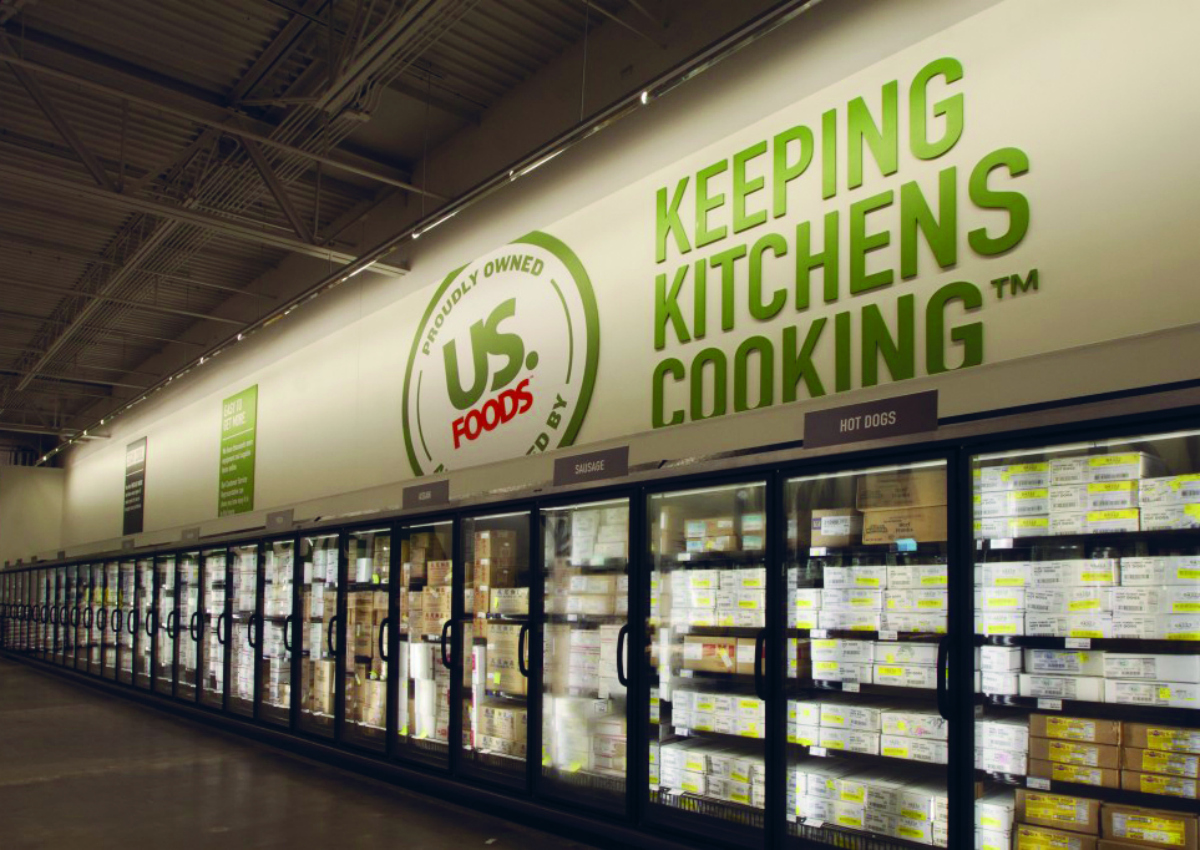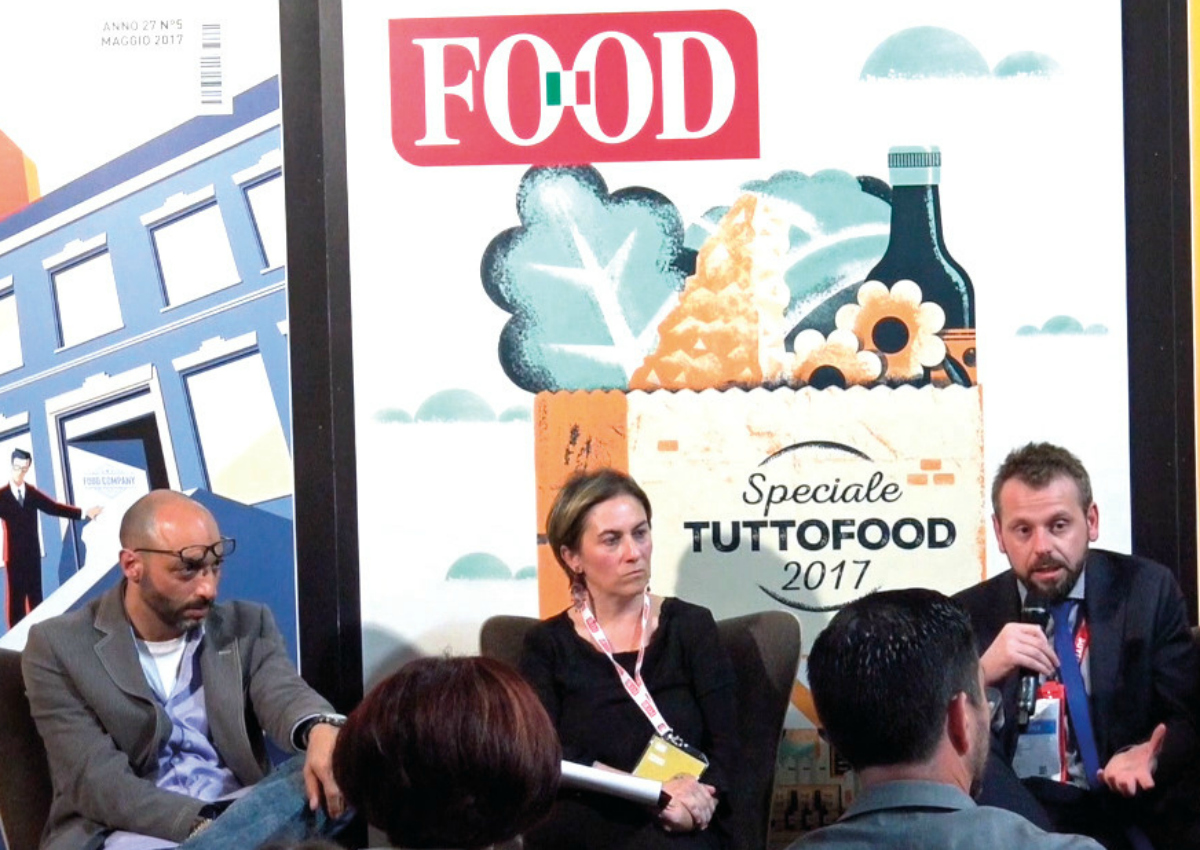
American chefs are looking for fewer quality ingredients to make multiple signature dishes as consumers become more selective and costs are high, says Mike Miello, corporate chef of US Foods, one of the largest foodservice operators in the United States. US Foods, which reported revenues of 22.9 billion dollars in 2016, has served American restaurants for more than five generations. With a team of more than 25,000 people in 60 US locations, the company serves independent and multi-unit foodservice operations with more than 350,000 items, including the exclusive Chef ’s Line brand, and Rykoff Sexton, a premium line of specialty ingredients sourced from around the world.

What are the latest Italian food trends in the US foodservice channel?
Thanks to the TV and the Internet, what is trending now in Europe and Italy no longer takes 18 months to two years for us to see it. People are watching chefs on TV and expecting they can buy in the store the products they see them cooking. This drives the small local restaurants to want these products to entice the customers to come in. What we are looking for in restaurants is artisanal food and producers with a story. Appetizers are also a very large trend right now. Customers are going out in groups of two, three, four, six, and instead of ordering entrees, they are ordering six to 10 appetizers. They share, talk and drink. It’s becoming more dining, it’s becoming more casual, but customers are expecting higher quality and better products. It’s almost the same as when I’m here in Italy and Europe. The trends aren’t much different but how we bring it to the market is a little bit different.
What are American consumers looking for?
Customers are looking for food that is healthier, safer, with no antibiotics, no hormones and from animals that are raised humanly. Restaurants market that as premium and the customers are willing to pay for that. Europe is ahead of us with organic food. We have request for it. Consumers buy it in retail, because they bring it home. But in a restaurant, the 30% premium of organic become 50% or 60% because the restaurant owner still has to make a profit. The product has also a shorter shelf life.
You say restaurants want ingredients for cross application. What do you mean by that?
Restaurant owners are looking for products that cover multiple applications across the menu. They can use them as appetizers or add the same product to a salad, in a sandwich. In New York, the cost of doing business is so high and the space is so small they don’t have the storage. Food is perishable so they want to buy fewer products but of higher quality. Another thing we are taking very seriously right now are allergens – soy, dairy, milk – people are concerned about this. Gluten free is the other big trend. For chefs, it’s all about ingredients. Even Italian chefs now in New York are doing fusion, are infusing ingredients in their cuisine. We are looking for ingredients they can take and put their name on it and make their own and incorporate in their food. Italy now is doing a lot of Middle Eastern flavors which are very trendy in New York. But products need to be unique, have a story and fit their needs. If you can show how to do multiple things with a product, restaurants are more likely to buy it.
